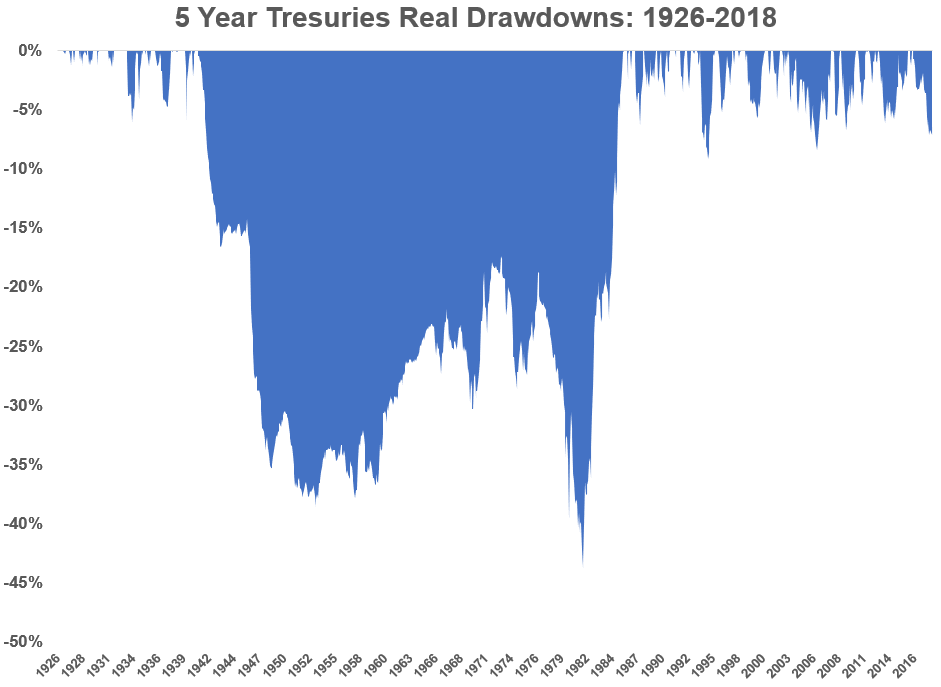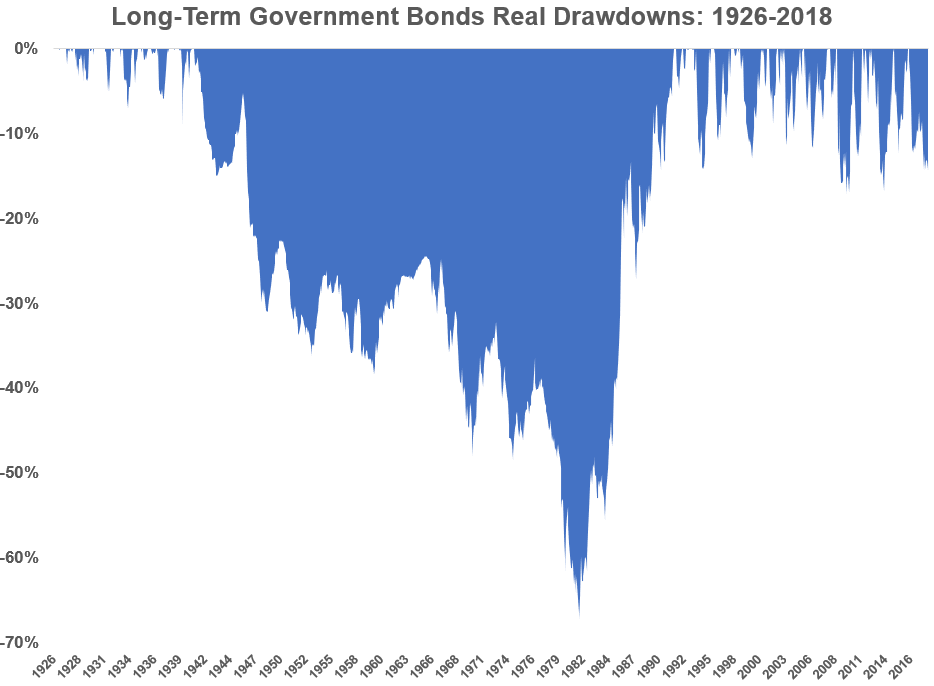1.We are in Third Dollar Super Cycle Since 1973
Vanguard.

If past is prologue, the dollar will weaken
We can therefore expect the dollar super-cycle to come to a close over the next few years. Here are 4 fundamental factors, not mutually exclusive, that I’ll be watching for:
- Narrower growth differentials between the U.S. and other countries.The U.S. economy is much further along in the business cycle than other developed markets are, its labor market is much tighter, and inflation is much closer to the central bank’s target, which in the U.S. is 2%. Since economic growth normally slows late in the cycle, current growth differentials between the U.S. and other economies are expected to shrink. The next slowdown in the U.S. may be exacerbated when the recent fiscal stimulus wears off. We estimate that the stimulus, injected through the tax cuts and spending bill enacted at the beginning of the year, will deliver an extra push to U.S. economic growth of about 40 basis points this year and next.
- Higher U.S. bond yields, but narrowing interest rate differentials. Higher bond yields in the U.S. today imply depreciation in the U.S. dollar relative to other major currencies in the future. This market expectation may come to pass in the current global monetary cycle as the gap in rates between the U.S. and other major markets narrows. The Fed may stop raising rates as soon as 2019 while other central banks (notably the European Central Bank and the Bank of England) continue to play catch-up.
- Higher inflation in the U.S.Higher inflation in the U.S. relative to other developed markets could put downward pressure on the nominal U.S. dollar exchange rate.
- A larger U.S. trade deficit.For all the noise about tariffs and trade deficits, the natural way for trade imbalances to correct over time is through market-driven currency adjustments. Widening U.S. trade deficits translate into higher demand for foreign currency (to pay for the additional imports), which exerts downward pressure on the dollar. The trade deficits themselves are caused in part by rising government budget shortfalls, which spill over to more foreign purchases of U.S. debt, and in part by strong U.S. consumer spending, which, bolstered by tax cuts, results in more purchases of imported goods, given that they constitute about 18% of the typical consumer basket.
What’s behind the latest surge in the dollar?Roger Aliaga-Diaz
https://vanguardblog.com/2018/09/04/whats-behind-the-latest-surge-in-the-dollar/






